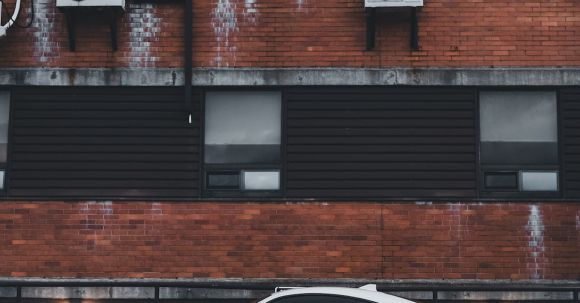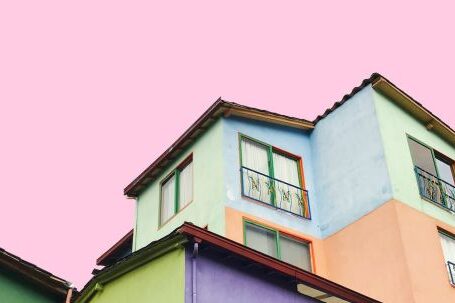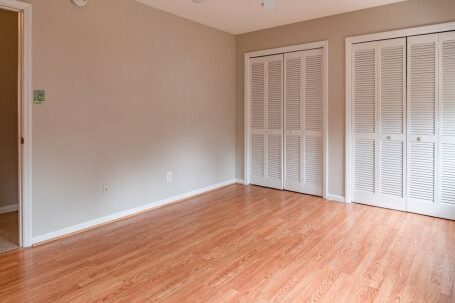Color is a powerful tool that architects use to create stunning and impactful designs. It has the ability to evoke emotions, set the mood, and enhance the overall experience of a space. From vibrant hues to subtle tones, the strategic use of color can transform a building into a work of art. In this article, we will explore the power of color in architectural design and how it can shape our perception of space.
Creating a Sense of Identity
Color plays a crucial role in establishing the identity of a building. It can be used to reflect the purpose or function of a space, as well as the personality of the architect or client. For example, a vibrant and energetic color palette may be used in a sports facility, while a calming and neutral color scheme may be chosen for a spa or wellness center. By carefully selecting colors that align with the desired atmosphere, architects can create a strong sense of identity within a building.
Enhancing Spatial Perception
Color has the ability to influence how we perceive and experience space. By using warm colors, such as reds and oranges, architects can make a space feel cozy and intimate. Conversely, cool colors like blues and greens can create a sense of openness and tranquility. The strategic placement of colors can also alter our perception of size and scale. For instance, using lighter colors on walls and ceilings can give the illusion of a larger space, while darker colors can make a room feel more intimate. By manipulating color, architects can shape our perception of space and create dynamic and engaging environments.
Evoking Emotions and Setting the Mood
Color has a profound impact on our emotions and can greatly influence our mood. Bright and bold colors, such as yellows and oranges, can evoke feelings of optimism and energy. On the other hand, cool and muted colors, like blues and grays, can create a sense of calm and tranquility. Architects can use this knowledge to design spaces that elicit specific emotional responses. For example, a vibrant and colorful interior may be used in a children’s hospital to create a positive and uplifting atmosphere. By carefully selecting colors that align with the desired mood, architects can create spaces that have a powerful emotional impact.
Creating Visual Hierarchy and Wayfinding
Color can also be used to create visual hierarchy and aid in wayfinding within a building. By using contrasting colors, architects can draw attention to specific elements or areas, guiding people through a space. For instance, a brightly colored feature wall can act as a focal point, while muted colors can help to create a sense of continuity and flow. Additionally, color can be used to differentiate between different areas or functions within a building. By assigning specific colors to different zones, architects can make navigation and orientation easier for users.
In conclusion, the power of color in architectural design cannot be understated. From establishing identity and enhancing spatial perception to evoking emotions and aiding in wayfinding, color plays a crucial role in creating impactful and memorable spaces. By understanding the psychology of color and its effects on human perception, architects can harness its power to create truly remarkable designs. So, the next time you step into a beautifully designed building, take a moment to appreciate the thought and intention behind the colors that surround you.





